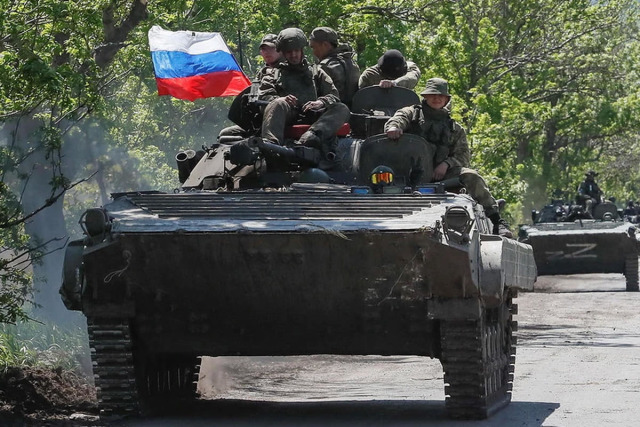We present the publication of the British edition of Janes Defense and Intelligence Review. In the article "Command performance", the author analyzes the construction of the military command bodies of the Russian Armed Forces during a special military operation in Ukraine.
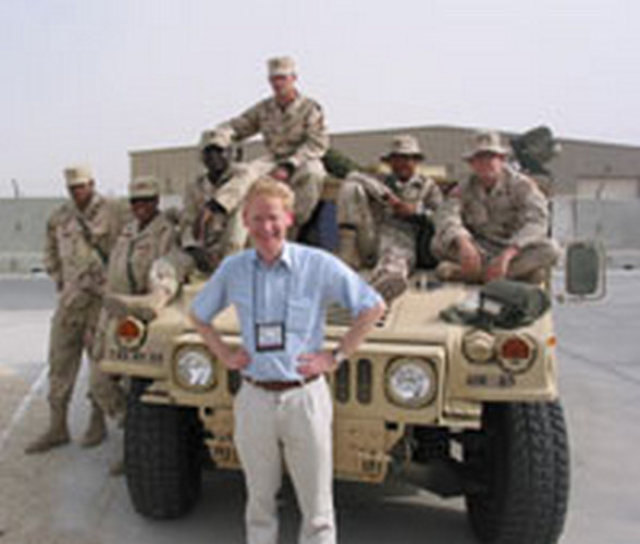
By Tim RipleyThe author, Tim RIPLEY, is an employee of the Center for Defense and International Security Studies (CDISS) in the United Kingdom and a representative of Jane's Defense Weekly magazine.
Regularly publishes various materials on defense, security and terrorism in the British and international media.
The translation of the article is made with the preservation of the author's style! Under the heading "Foreign author", the IVi editorial board tries to represent a wide range of views of foreign military specialists. At the same time, we have to emphasize that the adequacy of some ideas and theories considered abroad raises many questions.
Since the beginning of the Russian invasion of Ukraine on February 24, the media has been constantly receiving reports that Moscow generals were killed in battle or dismissed for failures on the battlefield. These reports have largely raised the morale of Ukrainians and helped to maintain the flow of Western weapons to Kiev.
However, few of these reports have been confirmed by independent sources or eyewitnesses. The Russian military has introduced an unprecedented level of operational security in all aspects of its so-called "special military operation" in Ukraine in order to disrupt the enemies' collection of useful intelligence about their deployed forces.
Western journalists did not visit the Russian armed forces, the faces of military personnel and unit insignia on military equipment are usually pixelated on video images of troops in Ukraine by Kremlin-approved Russian media, and none of the commanders on the frontline gave interviews about the operations of their troops.
You can get some idea of the Russian military administration (C2) in Ukraine by combining information from various sources. The Russian military doctrine and peacetime battle formations are a good starting point for creating the basis for the chain of command in the first weeks of the war.
The military has divided Russia into five joint operational commands of three peacetime branches of the armed forces, known as military districts, which are the equivalent of four-star Western headquarters. Two of these districts border Ukraine, so it seems they were responsible for offensive operations in these areas.
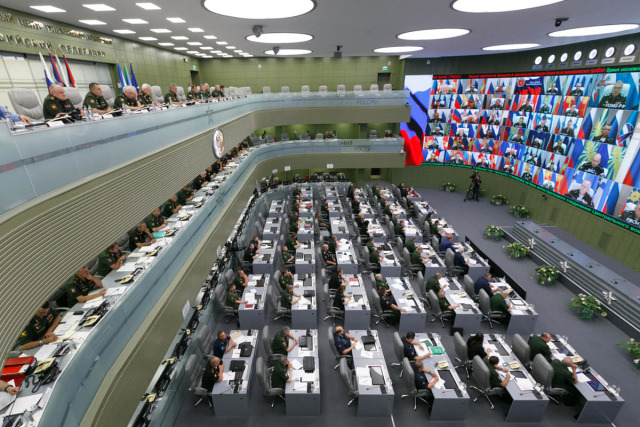
National Defense Control Center of the Russian FederationIn accordance with Russian military doctrine, the National Defense Control Center, which is located in the main building of the Russian Ministry of Defense (MO), is responsible for coordinating operations involving one or more military districts or for using specialized strategic means, such as long-range heavy bombers or Airborne troops.
The headquarters of the military districts face the task of combining air, land, naval and special forces forces within their specific area of responsibility. The units of the Russian Ground Forces in the districts are controlled either by the army or divisional headquarters.
Specialized air defense units, engineering, logistics, reconnaissance, rocket-artillery and tactical ballistic missiles are assigned to each army headquarters. Russian armies are more like large Western formations the size of a division, usually with two or three maneuverable brigades.
Theoretically, they can gather from 10 to 12 thousand troops for conventional combat operations. This makes them smaller than most Western divisions and army corps, even if they are called armies. Oddly enough, the Coastal Forces of the Russian Navy include three formations called army corps, which are equivalent to the armies of the ground forces. Each district also has its own aviation and air defense headquarters to coordinate aviation operations in the theater of operations and organize coordinated air defense operations.
Exercises
Every year for the past 10 years, each military district has held exercises at the theater in turn, and this has given many indications of how the Russian military will conduct the war.
Video images began to appear on the Internet at the beginning of the war, showing abandoned Russian equipment and equipment. They displayed the units and distinctive signs of the invasion, which made it possible to determine the identity of their higher headquarters. Several important units used characteristic vehicles — for example, T-80 or T-90 tanks — unique to them, and this also helped identify specific compounds.
Geolocation of local landmarks and road signs in these images made it possible to establish key offensive directions and areas of responsibility of the units. The units of the Southern and Western Military District carried the identification marks "Z" on their vehicles, and the units of the Central Military District — "O". The units of the Eastern Military and Airborne Forces, operating near Kiev, marked their equipment with the "V" marking. These designations are intended to prevent erroneous identification with similar types of Ukrainian equipment, but they also made it possible to immediately check video and still images after the outbreak of war.
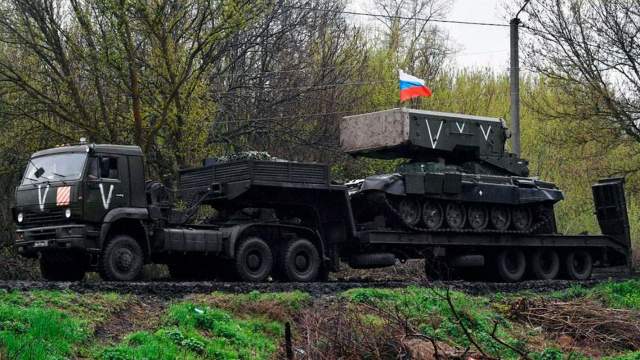
The "V" sign on Russian military equipmentIn May and June, Russian media began publishing statements by the Russian Defense Ministry, and separatist governments in Luhansk and Donetsk began identifying high-ranking officers responsible for specific combat successes.
Videos of awarding medals for military valor by senior generals have become permanent for the TV channel of the Ministry of Defense of the Russian Federation "Zvezda". This helped to confirm the presence of several high-ranking officers in Ukraine.
From the very beginning of the war, the British military intelligence organization has been publishing an updated map of the battlefield every day, and it provides an additional context for the deployment of Russian forces and high command measures [in the field of military management].
Invasion forces
The build-up of forces for the invasion from the end of 2021 to January 2022 immediately gave reason to assume that the Russian military has to develop special military control mechanisms for the upcoming operation. After the outbreak of the war, the nature and problems of this temporary chain of command became more and more obvious.
For the first time, the Russian military simultaneously conducted a major operation through the headquarters of four military districts. According to high-ranking Western intelligence sources in March, these new command mechanisms contributed to the slow pace of the advance of Russian troops at the initial stage of the war.
At least three of these headquarters used ground, air, army aviation, airborne, missile and special forces, and one of the headquarters, the Southern Military, also combined naval and amphibious forces.
Two district headquarters, Central and Eastern, relocated forward control units from their garrisons and operated in the area of responsibility of the Western Military District and in Belarus. During the pre-war exercises at the theater level, the relocated forces were transferred under the command of the headquarters of the host military.
The intelligence of the Ministry of Defense of the United Kingdom caught these events and began to determine the direction of the offensive of what it calls the "military district of the grouping (forces)" in its daily update.
Signs of steps to create a military command apparatus for the operation in Ukraine appeared during the joint Belarusian-Russian exercises "Allied Resolve 2022", which began in Belarus in January [2022]. This included the deployment of the headquarters of the ground, air and air defense forces of the Eastern Military District.
In January and February, the Defense Ministries of Russia and Belarus published reports and images of C2 [military command] facilities during the exercises. Colonel-General Alexander Chaiko, Commander of the Eastern Military District, arrived to observe the exercises, which lasted until the beginning of the war. Later, Russian media filmed him in Ukraine, when he presented medals to the troops who fought near Kiev in February and March.
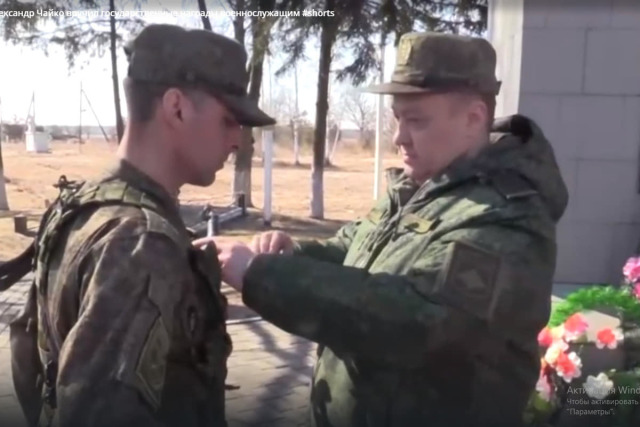
The commander of the VVO A.Chaiko holds an award ceremony in the SVO zoneThe airborne contingent of up to a division, formed around the 76th Airborne Division and reinforced by other airborne units, was also on alert in Belarus.
The commander of the Airborne Forces, General Andrey Serdyukov, was photographed at Allied Resolve 2022 in February, which led to speculation that he commanded an amphibious assault operation against the international airport in Gostomel on the first day of the invasion of Ukraine. He has a reputation for being a brave and aggressive officer, so it is likely that he played a leading role in this airborne operation. Serdyukov also headed the Russian intervention mission in Kazakhstan in January, during which airborne units acted as independent forces.
The Ukrainian operation is integrated at the strategic level into the National Defense Control Center. Russian Defense Minister Sergei Shoigu was filmed by the TASS news agency in March during a video conference from the center with his senior operational commanders.
According to a March statement by a senior Western official involved in monitoring Russian forces in Ukraine, the invasion, which included the creation of a military command network to coordinate several operations in several directions, "goes beyond everything that the Russian armed forces were preparing for." He said this affected the ability of Russian military leaders to combine their forces into a coherent operation, a problem that is highlighted by the stopping of their armored column northwest of Kiev. "This is part of the problem, and it violates them [C2]," he said.
The inability of the Russian Aerospace Forces to neutralize Ukraine's air defense in the first days of the war also limited the ability of Russians to use C2 airborne means to control the advancing columns inside Ukraine, the official said. This means a reference to the IL-22M air command post and the Beriev A-50 early warning and control aircraft operating in Belarus.
"Their on—board military command aircraft are forced to stay out of the reach of air defense," he said. Russian commanders have begun to adapt their operations, and senior officers are increasingly moving to frontline areas to personally restore order and improve the course of the operation.
According to the official, due to the growing need for senior officers to visit the front, one deputy army commander, as well as a division commander and a regiment commander were killed by Ukrainian fire.
The scale, ambition and complexity of the Russian operation in Ukraine seemed to undermine the ability of Moscow's armed forces to conduct effective combat operations.
It seems that this prevented the Russian military from overcoming the resistance of Ukraine in the first week of the conflict. However, the official warned against the idea that the Russians will not be able to solve their problems of military administration, saying: "It looks like they are learning from their mistakes and moving towards solving problems."
To be continued…
Based on the materials of the Janes Defense and Intelligence Review magazineThe materials of the article contain exclusively author's estimates and do not reflect the position of the editorial board of IVi
